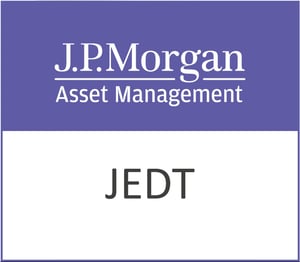Smithson Investment Trust plc (SSON.L), with a market capitalisation of $1.79 billion, continues to hold its ground in the investment trust landscape. Despite lacking specific sector and industry classifications, Smithson has established itself as a formidable entity with its shares currently priced at 1508 GBp. Notably, the stock price has remained stable with no percentage change, reflecting a degree of investor confidence amidst market fluctuations.
The price movement of Smithson Investment Trust over the past year has been quite dynamic, with its 52-week range oscillating between 14.64 and 1,568.00 GBp. This range indicates periods of both significant growth and potential volatility, suggesting that the trust can appeal to investors looking for opportunities in price fluctuation and potential capital gains.
One of the unique aspects of Smithson Investment Trust is its valuation metrics—or rather, the absence of them. With P/E, PEG, Price/Book, and Price/Sales ratios all marked as N/A, investors are left without traditional valuation indicators to guide their decisions. This absence could be a reflection of the trust’s investment strategy or portfolio composition, which might not easily align with conventional valuation metrics. This scenario provides an intriguing proposition for investors who prefer a qualitative approach over quantitative analysis.
Performance metrics also remain elusive, with revenue growth, net income, and EPS data unavailable. For investors, this absence of performance indicators may present a challenge in assessing the trust’s operational efficiency and profitability. However, it also offers a blank canvas for those willing to delve into the trust’s investment approach and underlying assets to gauge potential returns.
Dividend information is similarly sparse, with no declared yield or payout ratio. This could suggest that Smithson Investment Trust either reinvests its earnings back into its portfolio or adopts a capital appreciation-focused strategy rather than income distribution. For income-seeking investors, this might be a point to consider, while growth-oriented investors might find this approach aligns with their long-term objectives.
Analyst ratings and target prices offer little guidance, with no buy, hold, or sell ratings available. This lack of consensus among analysts could imply that Smithson Investment Trust is either under the radar or presents a complex investment narrative that defies straightforward classification. The technical indicators, however, provide some insight, with a 50-day moving average of 1,117.00 GBp and a 200-day moving average of 1,377.86 GBp. The RSI of 64.29 suggests that the stock is neither overbought nor oversold, presenting a relatively balanced position for potential investors.
Smithson’s MACD and Signal Line indicators, at 180.17 and 81.20 respectively, may hint at potential momentum in the stock’s price, suggesting that investors may want to keep a close watch for shifts that could present buying or selling opportunities.
In the ever-evolving landscape of investment trusts, Smithson Investment Trust plc stands as an entity that challenges traditional evaluation methods. Its steady market presence and significant market cap make it a compelling consideration for investors intrigued by the potential of non-traditional investment vehicles. As with any investment, due diligence and a thorough understanding of the trust’s strategic approach are paramount for those considering adding SSON.L to their portfolios.









































